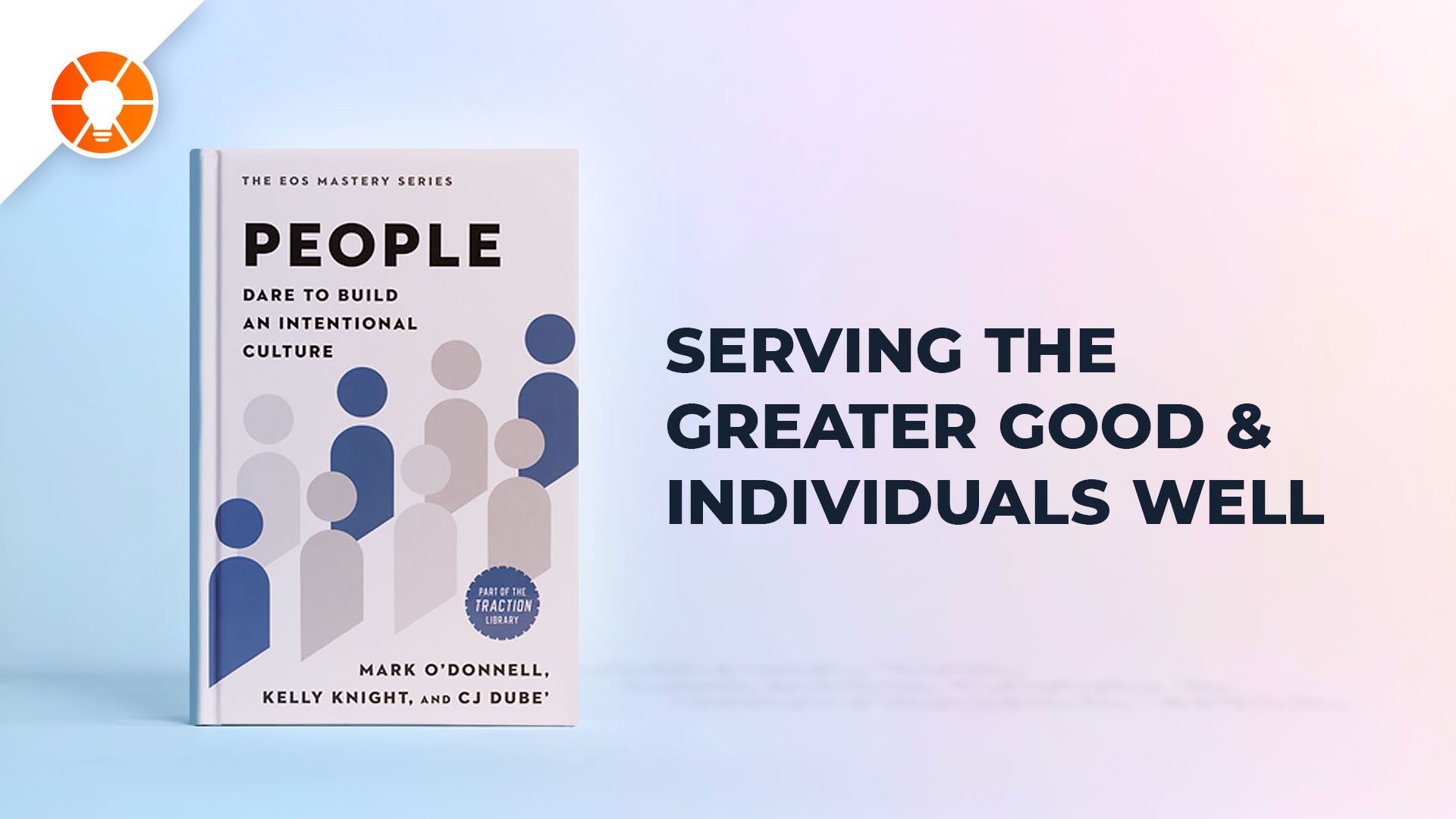 I concluded my prior blog article, How many Meetings Do I Need With Whom?, urging you to do highly focused meetings with the fewest, right people participating. This article will give you some practical guidelines for using meetings to share information.
I concluded my prior blog article, How many Meetings Do I Need With Whom?, urging you to do highly focused meetings with the fewest, right people participating. This article will give you some practical guidelines for using meetings to share information.
Common Leadership Rationales for Sharing Information
Some owners and managers view information sharing like a general telling the foot soldiers what, where, how and when to attack next. While that can feel very efficient, it leaves the team very vulnerable. With no capacity developed in the troops to independently solve issues, if anything happens to the general, the war can be lost quickly.
Some leaders share information to increase trust, reasoning that those with whom information is shared will feel important and included. Warning! This approach can quickly turn sour if you are sharing with some and excluding others at the same “level” in your organization. Instead of improving team trust and chemistry, you will actually increase levels of suspicion and distrust in your leadership.
Others, especially in smaller businesses, want to share everything with everyone in full-team huddles, reasoning that if everyone knows everything there should be fewer mistakes and teammates are more able to cover for each other. Again, while this may seem efficient, it will actually reduce the focus of each team member.
Maximizing the Return on Your Investment
What value is there in paying employees to review information that is not related to what they are accountable for?
Before expending time to share information with one or many, ask yourself, what will these team members do with the information I am sharing? If the information does not equip them to better do their specific job or provide feedback to quantify the results of their efforts, you are wasting their time and your money. You are distracting them and making them less focused.
If the information is relevant, make sure they receive it in the most efficient way that assures it will produce the outcome you want. For example, would it be best to email or text the information? Should the information be added to their weekly scorecard? Can the information be accessible in an online file?
Having to endure listening to irrelevant information will not produce a high trust team. Instead, you will produce high frustration and lower efficiency.
In summary: in the most efficient way possible share the least amount of information that:
- empowers your people to do their job and
- provides feedback so they know how they are doing
Less is definitely more here.
Next Steps:
- Schedule a free 90 Minute Meeting with an EOS Implementer.
- Watch this helpful video on leading world-class meetings.
- Start solving company issues early and quickly! Download free EOS tools.





